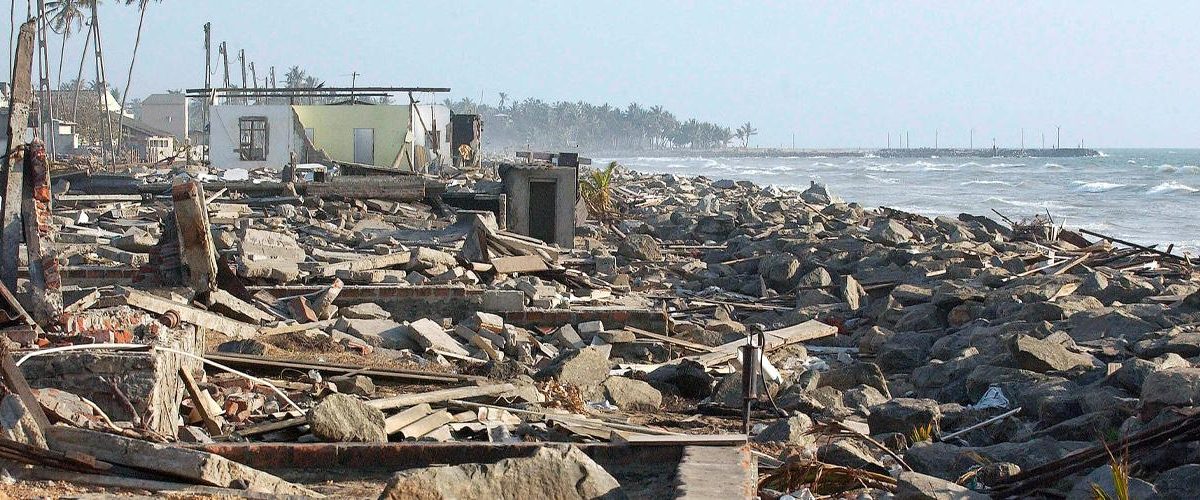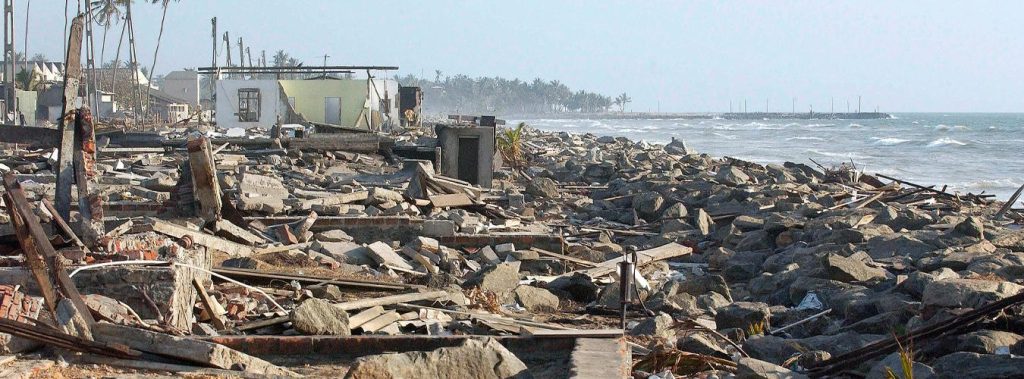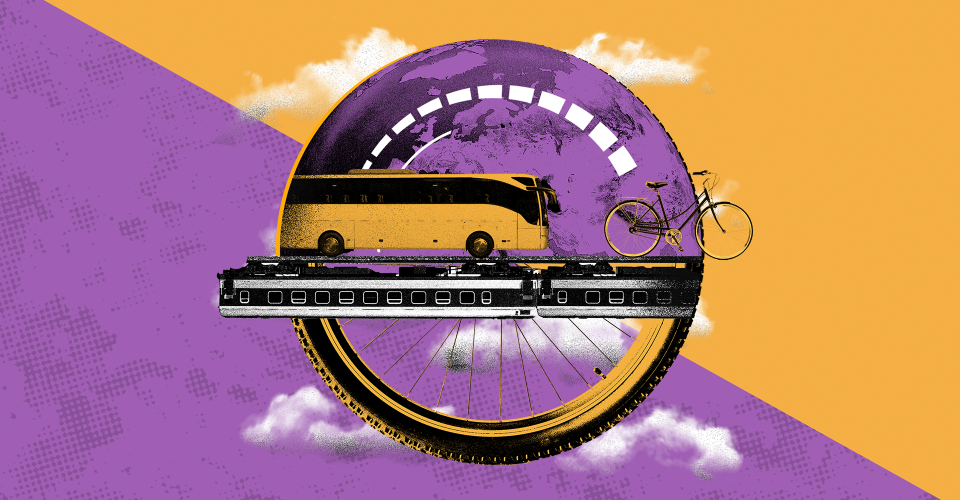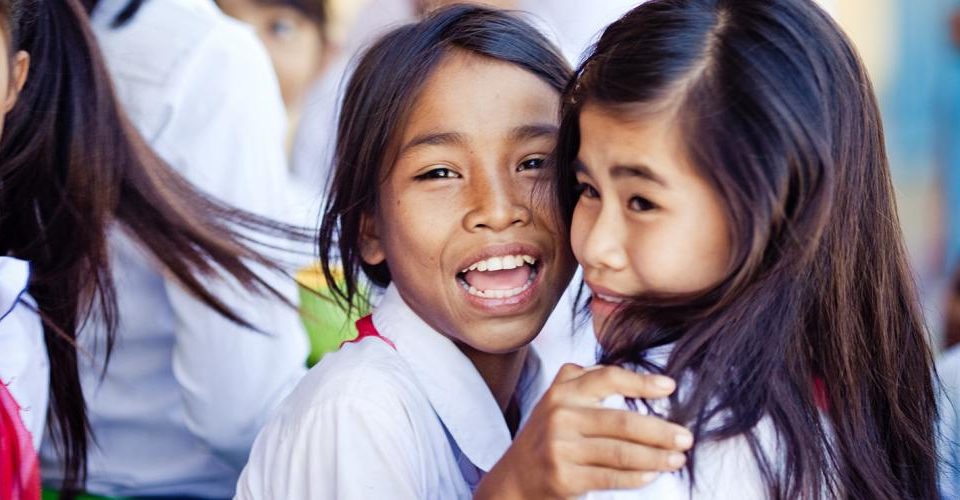Creating a resilient future to fight inequality
Tsunamis pose a significant threat to all of us, but they are particularly dangerous for certain groups of people, such as women, children, people with disabilities, and older persons. The main objective of this year’s World Tsunami Awareness Day is to raise consciousness about reducing the risks created by these giant waves and improving community preparedness.
Although tsunamis are infrequent, they can have devastating consequences. In the last century, only 58 tsunamis have occurred, but they have claimed over 260,000 lives. On average, each disaster has caused the death of 4,600 people, more than any other natural hazard (United Nations, 2022).
This year’s World Tsunami Awareness Day theme is “Fighting Inequality for a Resilient Future,” which mirrors the subject highlighted during the International Day for Disaster Reduction. The observance encourages all sectors of society to engage and collaborate on disaster risk reduction.
The activities during this observance aim to explore the relationship between tsunamis and inequality. Specifically, they focus on how inequality can make tsunamis more dangerous for certain populations and how the aftermath of a tsunami can drive vulnerable people further into poverty, thus worsening inequality.
#GetToHighGround
In 2022, the United Nations Office for Disaster Risk Reduction (UNDRR) launched the #GetToHighGround campaign to promote awareness about reducing the risk of tsunamis. The campaign encourages citizens to participate in drills, runs, or walks along tsunami evacuation routes, which helps communities prepare for natural disasters and build their resilience. These events are inclusive and engaging, and they involve all people in raising awareness about reducing tsunami risk.
Tsunamis can be deadly, but they needn’t be. Early warning and early action are effective tools to protect people, saving lives, and preventing the hazard from becoming a disaster. To be effective, tsunami early-warning systems must cover every at-risk person, they must be multi-hazard, and communities must be prepared so they can act quickly.
Background
In December 2015, the UN General Assembly designated 5 November as World Tsunami Awareness Day, calling on countries, international bodies and civil society to raise tsunami awareness and share innovative approaches to risk reduction.
World Tsunami Awareness Day was the brainchild of Japan, which due to its repeated, bitter experience has over the years built up major expertise in areas such as tsunami early warning, public action and building back better after a disaster to reduce future impacts. UN Disaster Risk Reduction (UNDRR) facilitates the observance of World Tsunami Awareness Day in collaboration with the rest of the United Nations system.
Tsunamis are rare events but can be extremely deadly. In the past 100 years, 58 of them have claimed more than 260,000 lives, or an average of 4,600 per disaster, surpassing any other natural hazard. The highest number of deaths in that period was in the Indian Ocean tsunami of December 2004. It caused an estimated 227,000 fatalities in 14 countries, with Indonesia, Sri Lanka, India and Thailand hardest-hit.
Just three weeks after that the international community came together in Kobe, in Japan’s Hyogo region. Governments adopted the 10-year Hyogo Framework for Action, the first comprehensive global agreement on disaster risk reduction.
They also created the Indian Ocean Tsunami Warning and Mitigation System, which boasts scores of seismographic and sea-level monitoring stations and disseminates alerts to national tsunami information centres.
Rapid urbanization and growing tourism in tsunami-prone regions are putting ever-more people in harm’s way. That makes the reduction of risk a key factor if the world is to achieve substantial reductions in disaster mortality – a primary goal of the Sendai Framework for Disaster Risk Reduction 2015-2030, the 15-year international agreement adopted in March 2015 to succeed the Hyogo Framework.
Please click here to Read More…






